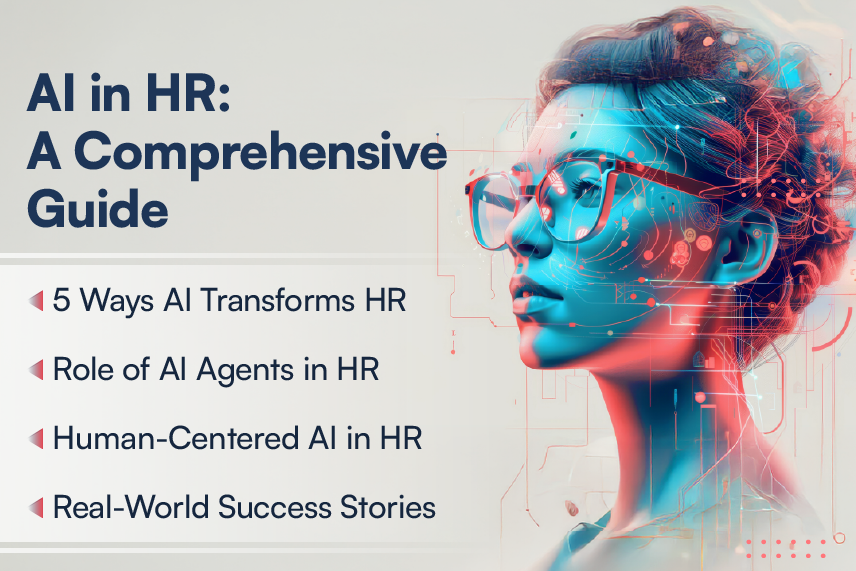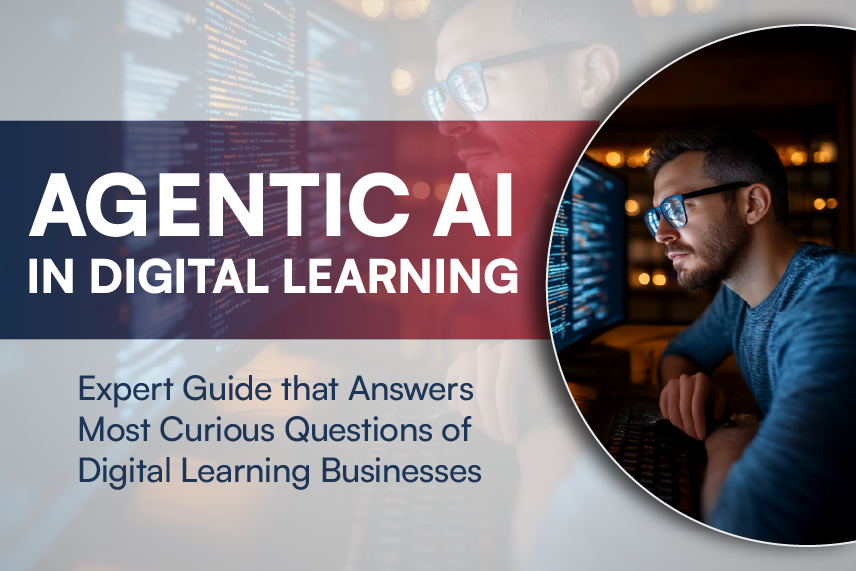
Healthcare is complicated and has multifarious aspects such as people, medicines, equipment, and devices. It has multiple challenges such as coordinated inputs and care by diverse experts, difficulty in processing payments, quality and safety of drugs, and so on. Blockchain for healthcare technology can help address some of these challenges.
Blockchain has data that is chained, and the chains are replicated. This makes it very difficult to alter data as opposed to typical databases. The authenticity of data is high; likewise, it is difficult to create fraudulent data. The data updates, that is, the history can be traced. Hence data can be trusted. If data can be trusted, then data can be shared between parties.
Patient Data
If data can be trusted, it can be maintained at a single source, with updates by trusted entities such as labs and nurses, and it can be accessed by multiple caregivers. As a patient may have multiple health and wellness aspects, and may have multiple short-term and long-term conditions, caregivers need to consider all such aspects. Caregivers can access such information quickly, can update it and coordinate with other experts in order to provide proper care. Better, unfettered information leads to better health outcomes. SimplyVital, Coral Health, Patientory, MedicalChain are some of the companies in this space.
Patient data also is needed by other entities. Researchers are interested in creating improved treatments and devices. Pharmaceutical companies work to create better drugs and health products. Public health authorities are interested in outcomes as well as effects such as disease spread, demographic aspects, geographical impacts to name a few. If the data for one patient is available in a single place, then that is very useful to these entities. An important aspect is data dignity; the patient’s data belongs to the patient and the patient can benefit from the use of their data. Health Wizz and Embleema are some of the companies actively encouraging this.
Payer and Payment Data
Insurance and claims are complicated. A person may have multiple payer organizations. A person may be covered by their own insurance company as well as their spouse’s insurance company. Depending on the health condition, part of a payment can come from one organization and the remaining from the other organization. Some payments are taken reimbursed by government organizations such as Medicare and Medicaid. There is significant fraud in claims1 – by patients, by equipment providers, by caregivers; the list is long indeed. If the patient diagnosis and treatment are available on a blockchain then those are hard to manipulate dishonestly. This reduces the burden on the payment companies and in turn it reduces the various evidences they keep demanding from doctors and hospitals. This enables doctors to focus on proper care and treatment of the patient as opposed to getting swamped by paperwork. With simultaneous independent view into the patient history, each payer can be satisfied that the claim is correct, and each payer can quickly pay their part of the whole expense.
The Supply Chain
The supply chain of drugs is worldwide. Various raw chemicals and partial components come from remote corners of the world and after multiple processes get into one drug. The accurate provenance of the components is crucial; otherwise, spurious ingredients can get into the supply chain or fake parties can usurp the supply. The chemicals need to be kept in secure places and transported securely. Very often they also need to be continuously maintained at controlled temperatures and away from light.
After a drug is formulated, its packaging and distribution also has to be carefully handled. There are great chances of the true drug being swapped with a fake formula. Even if there is no sinister substitution of the drug itself, quantities may get purloined. So, the entire distribution chain is susceptible to fraud2. A blockchain can accurately indicate the components and the provenance of the components. A blockchain can track the shipped amounts and the received amounts throughout the distribution process. Some companies such as Chronicled and iSolve are helping modernize this space.
The medical supply chain is not limited to drugs. Biological samples are transported to laboratories for examinations. Tissues and organs are conveyed across hospitals. They need to be transported securely and in controlled conditions of temperature and delicate handling. A blockchain that gets data from IoT devices can greatly help in alleviating concerns in such transportation.
People Aspects
Healthcare depends on qualified people. Doctors, anesthetists, nurses and radiologic technicians among others need proper certifications. They need to keep their certifications current. Their employers need to track these credentials over time as well as during transfer from one or more previous employers. Part-time and gig work is gaining popularity across work segments and the healthcare sector is certainly not immune to it. Keeping track of credentials is complicated. A blockchain enables credentials to be maintained in only one place instead of being maintained by employers in multiple silos. Valid entities can update the credentials in a secure and transparent manner. Whoever wants to view the credentials can view them whenever they want without needing to copy the data into their own data stores. This saves a lot of effort on the part of the employers. It not only saves a lot of effort of the individual caregivers involved but also reduces their anxiety. Hashed Health is among the companies attempting such credentialing.
Nurses have a unique and deeper perspective in patient care. This applies within hospitals as well as without. Doctors may not be aware of aspects such as patient’s memory issues, mild depression, pain thresholds and so on. So, they are often neglected in determining treatment. There are further safety and nosocomial aspects that nurses may pick up on but are difficult to report. Sometimes it could be issues of doctor attitudes. A blockchain can enable nurses to report this information in a secure and anonymous manner. The access to the blockchain would be privileged, so only nurses would be able to report thus reducing the chances of biased and devious imputations on doctors and health facilities.
Blockchain has great potential to improve healthcare, especially when it comes to the secure storage and handling of health data. Harbinger recently developed a healthcare blockchain platform for a US-based startup. The patient-driven Ethereum Blockchain-based platform is designed to deliver better patient care. Importantly, it enables HIPAA-compliant and effective health data security, privacy, and sharing.
To know more, we suggest you download this case study, titled “A Blockchain Platform for Secure Sharing of Healthcare Data.”
1 https://www.nhcaa.org/resources/health-care-anti-fraud-resources/the-challenge-of-health-care-fraud.aspx The fraud amount is USD 100 to 300 billion in 2018.
https://www.modernhealthcare.com/legal/feds-amassed-26-billion-2019-healthcare-fraud-cases USD 2.6 billion recovered in 2019.
2 https://www.ncbi.nlm.nih.gov/books/NBK202523/ Medicines can also be stolen in large quantities earlier in the supply chain. In March 2010, $75 million worth of medicines were stolen from an Eli Lilly warehouse in Connecticut.
https://www.internationalwhistleblower.com/ international drug supply chain fraud whistle-blowers. htm It is estimated that approximately 10 to 25% of public health care procurement spending including drug contracts, medicines, pharmaceuticals, medical equipment, and medical devices is lost to corrupt and fraudulent acts including adulterated drugs.






